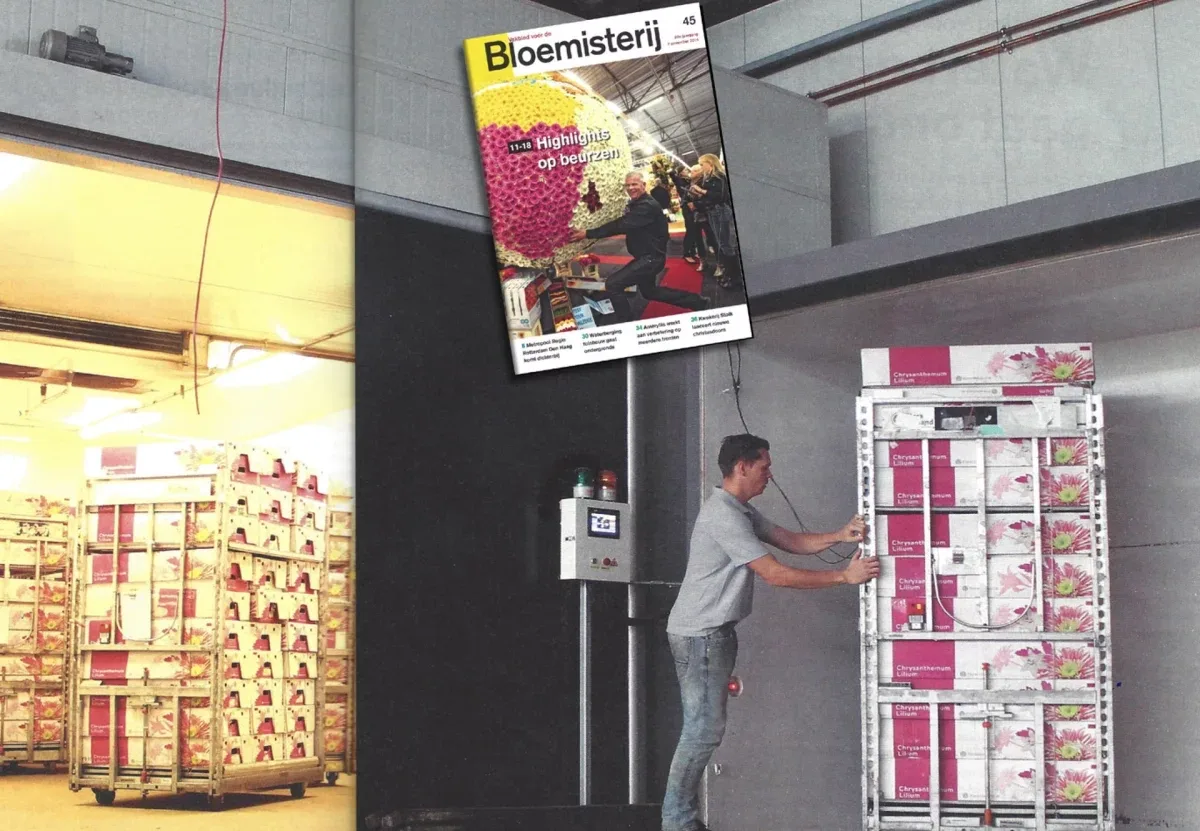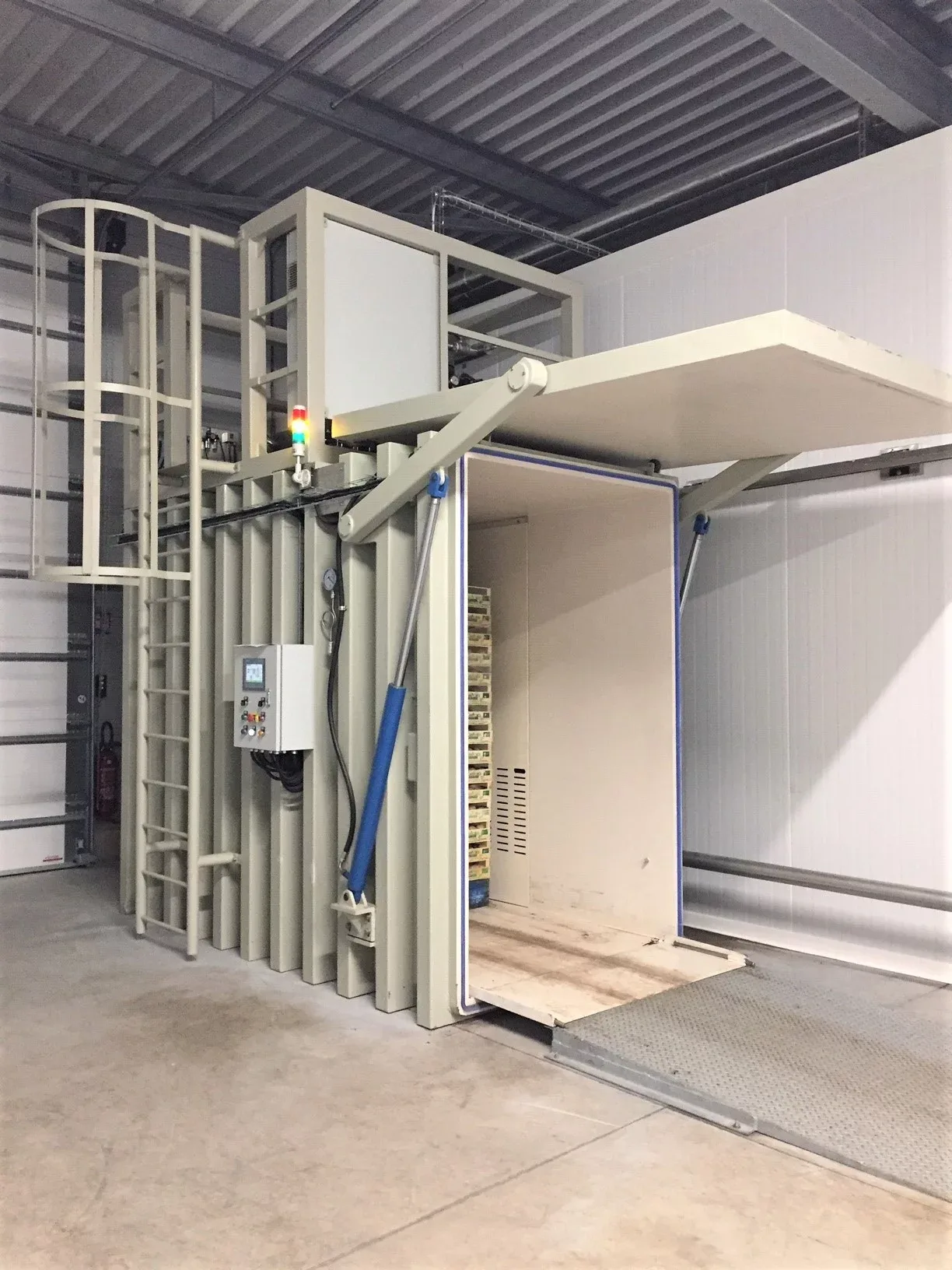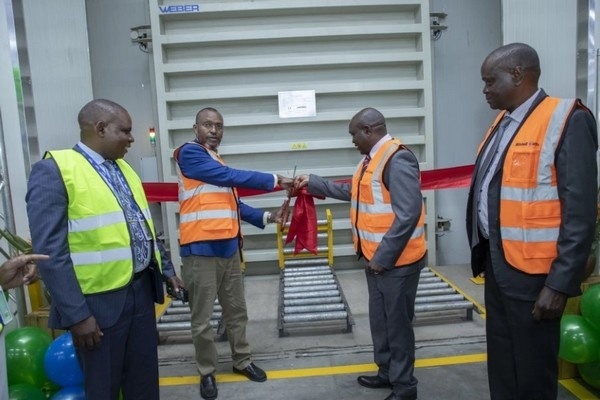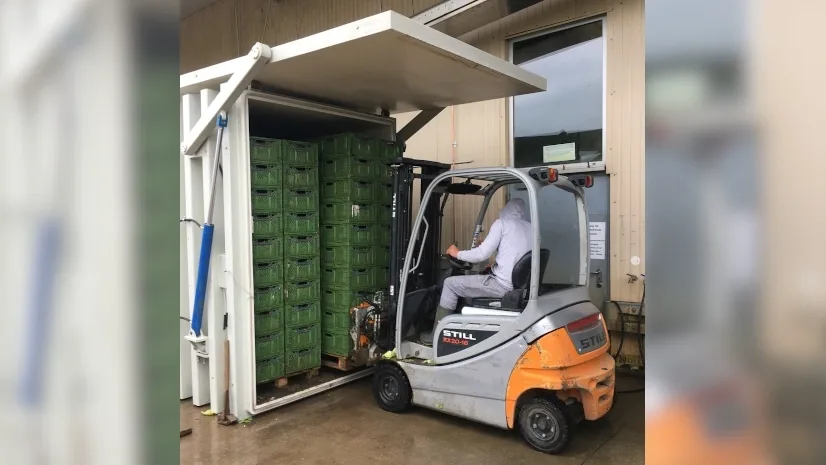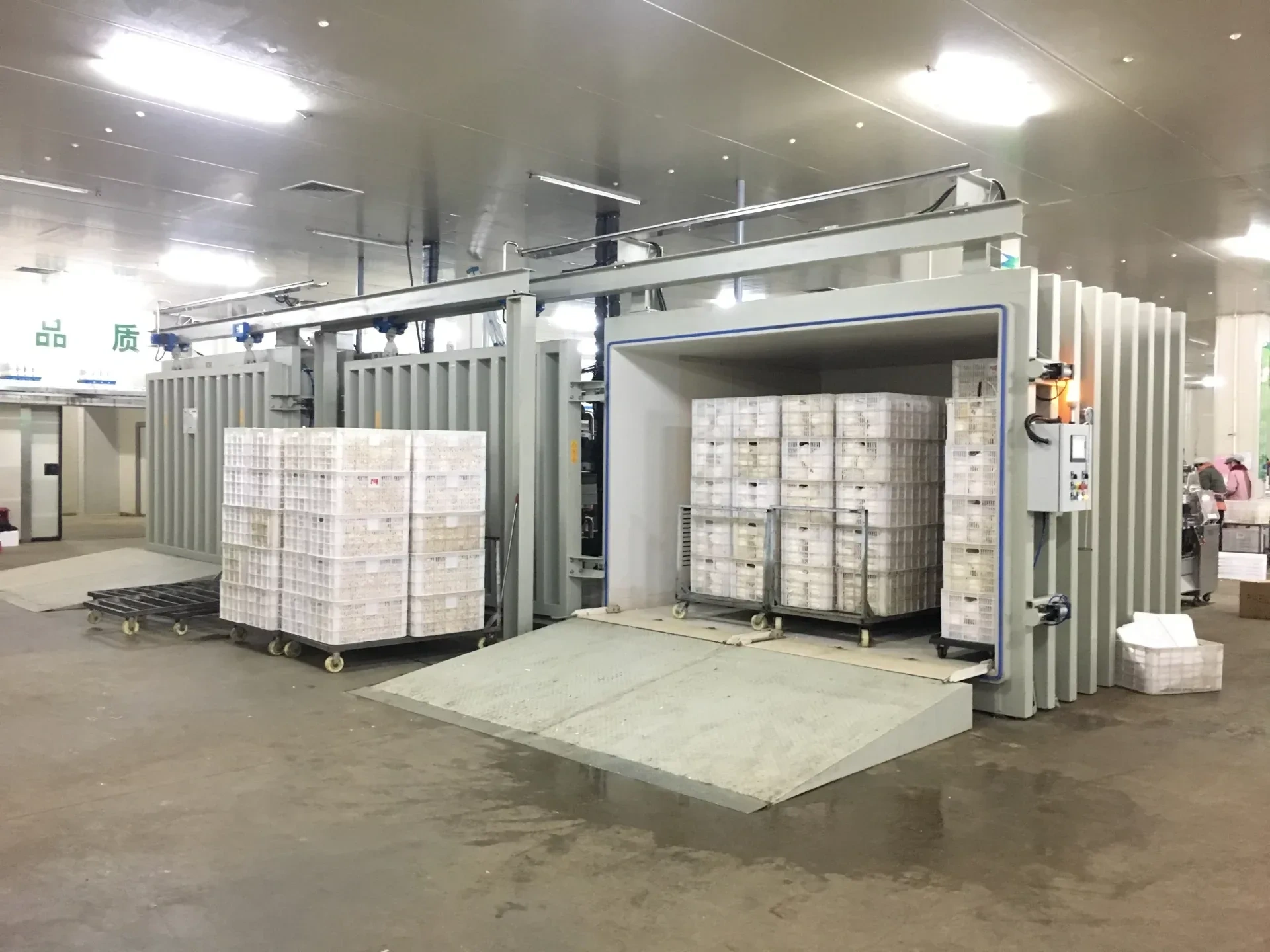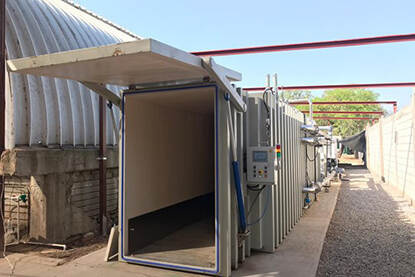Vacuum cooling for indoor farming
Weber Cooling has been supplying vacuum coolers to indoor and vertical farming growers worldwide.
Although crops are grown nearby consumers, cooling still remains an essential part of the entire process that is needed in order to guarantee the preservation of the high produce quality to the end consumer. Harvested produce is still alive, and without their roots, they get into a state of stress, breathing (respiring) and sweating (transpiring) much. The only way to reduce the stress is by getting the produce to sleep by reducing their temperature as fast as possible to “hibernation state”, which is around 1-4° C (34-39F) for most produce.
Vacuum cooling has proven to be a very fast pre-cooling technology for all leafy vegetables and herbs. With vacuum cooling, you can cool leafy greens like rocket, watercress, baby kale, and all herbs in less than 15 minutes down to 2-4°C/ 37/39°F after harvesting. In this way, transpiration and respiration rates are rapidly lowered, allowing leafy greens to maintain their high quality and prolonging their shelf life.
As an added benefit, residual moisture on the skin of the product is removed during cooling, avoiding condensation on the leaves and the appearance of fungus. The risk of condensation on the inside of the packing, which can happen more easily in bulk packing, is also minimized.
How does the process of vacuum cooling work? You put your produce in an airtight room, and then you reduce the pressure to very low values. By reducing the pressure, you lower the temperature at which water boils (evaporates). When the evaporation pressure of water is reduced below the temperature of the produce, a fraction of the moisture inside the produce will start evaporating spontaneously. This process needs energy (like any boiling process), and the only place the energy can be taken from is from the produce itself, in the form of a temperature reduction. Thus, the produce cools down spontaneously, and fast. As long as you keep reducing the pressure, the cooling down continues.
Only a small fraction of the product's own moisture is needed for this process. According to Weber Cooling, for each 6- 7°C of temperature drop, the product will lose around 1% of its weight. If not vacuum cooled, the product might lose the same amount – or more – by natural transpiration
"As you can cool very fast with vacuum, you can easily cool large quantities with small vacuum cooling systems. A vacuum cooling solution for one or two trolleys or pallets, adapted to fit the customer’s logistics, is the most logical choice for indoor farmers. For high-capacity facilities, a double two pallet vacuum cooler is most often the perfect choice," the WeberCooling team states.
Leafy vegetables can be cooled when packed either loose or in clamshell packaging. Packaging that is 100% closed will not be suitable, as the product will not be able to evacuate the heat in the vacuum room. In these cases, the produce can be cooled by vacuum prior to the packing process.


